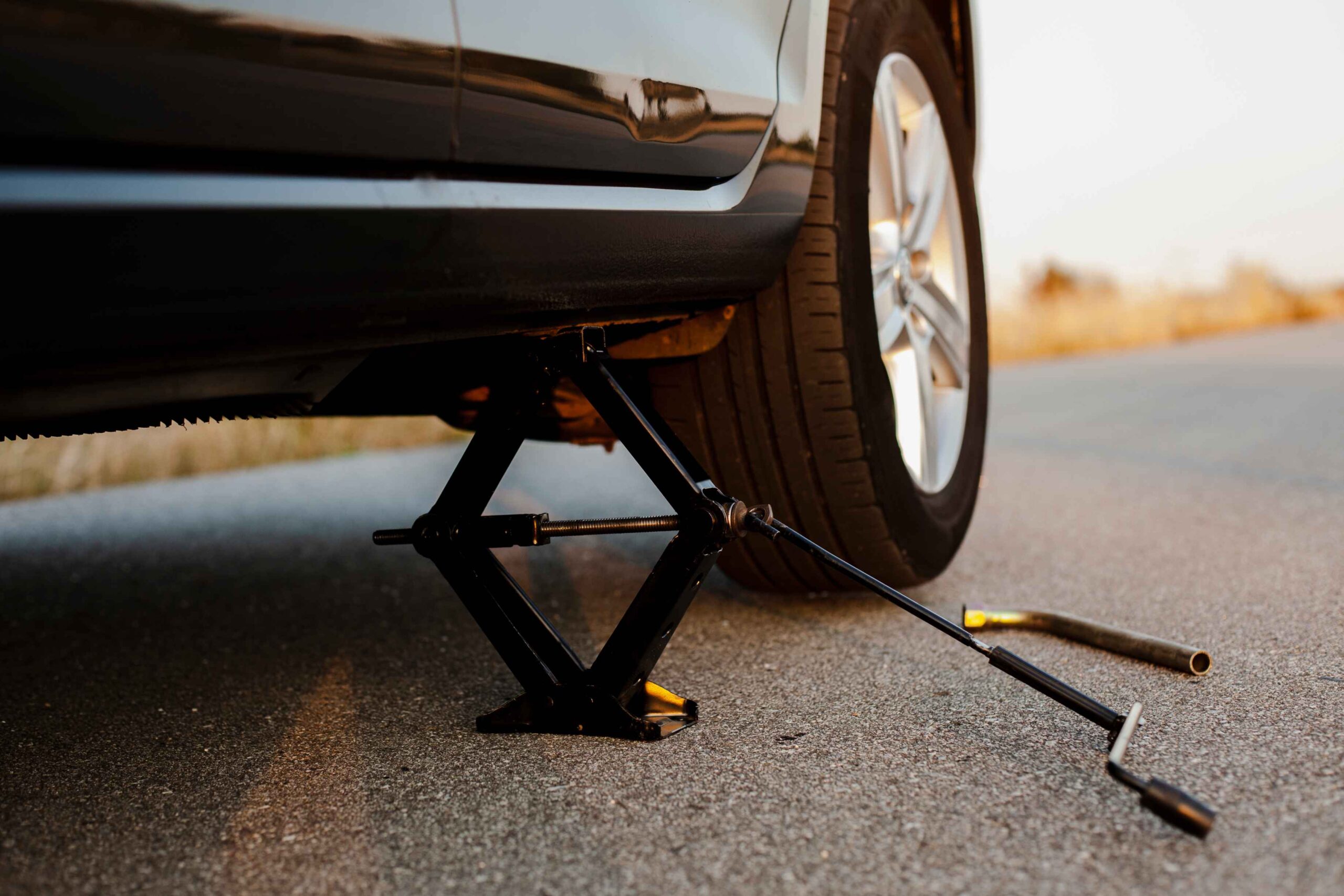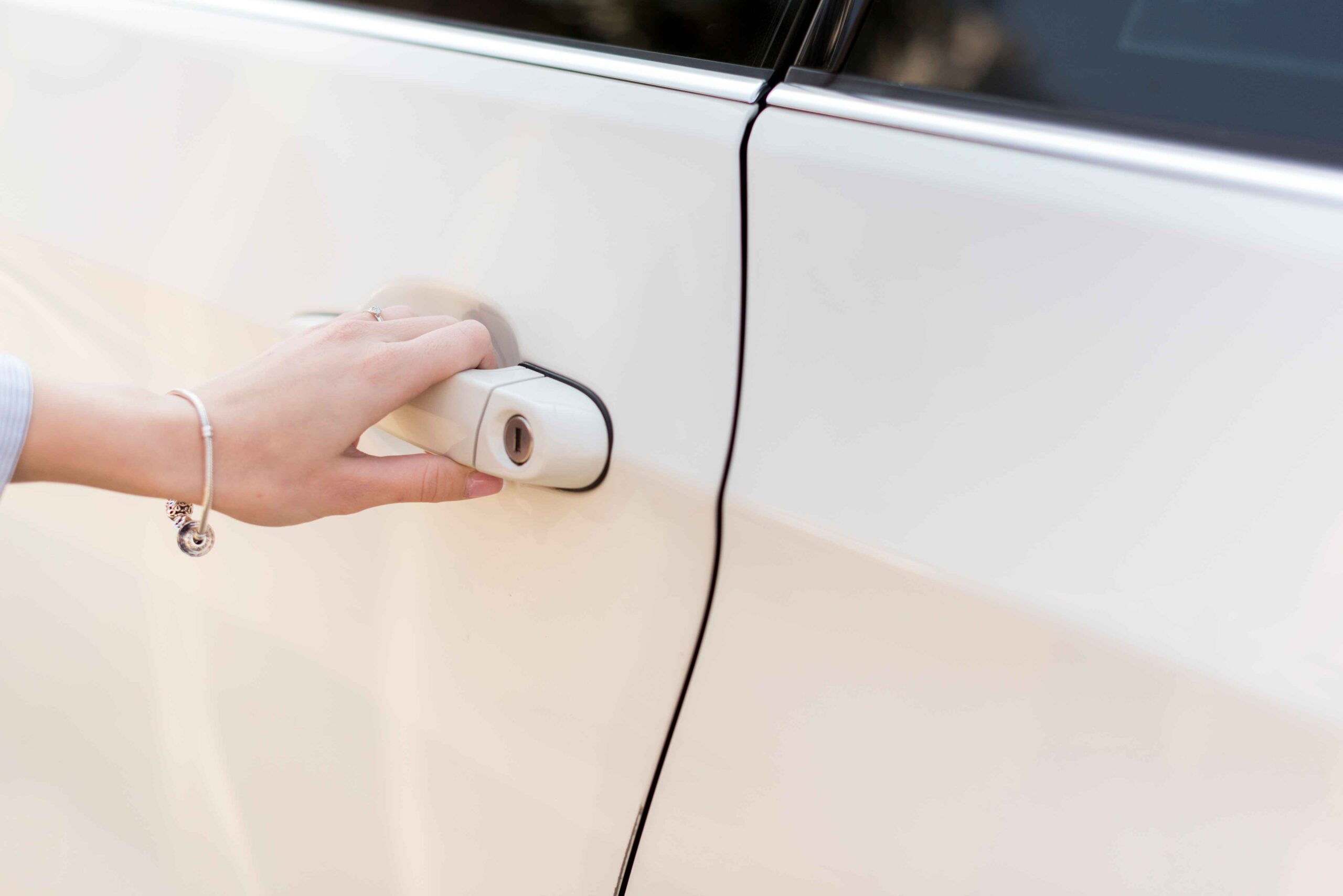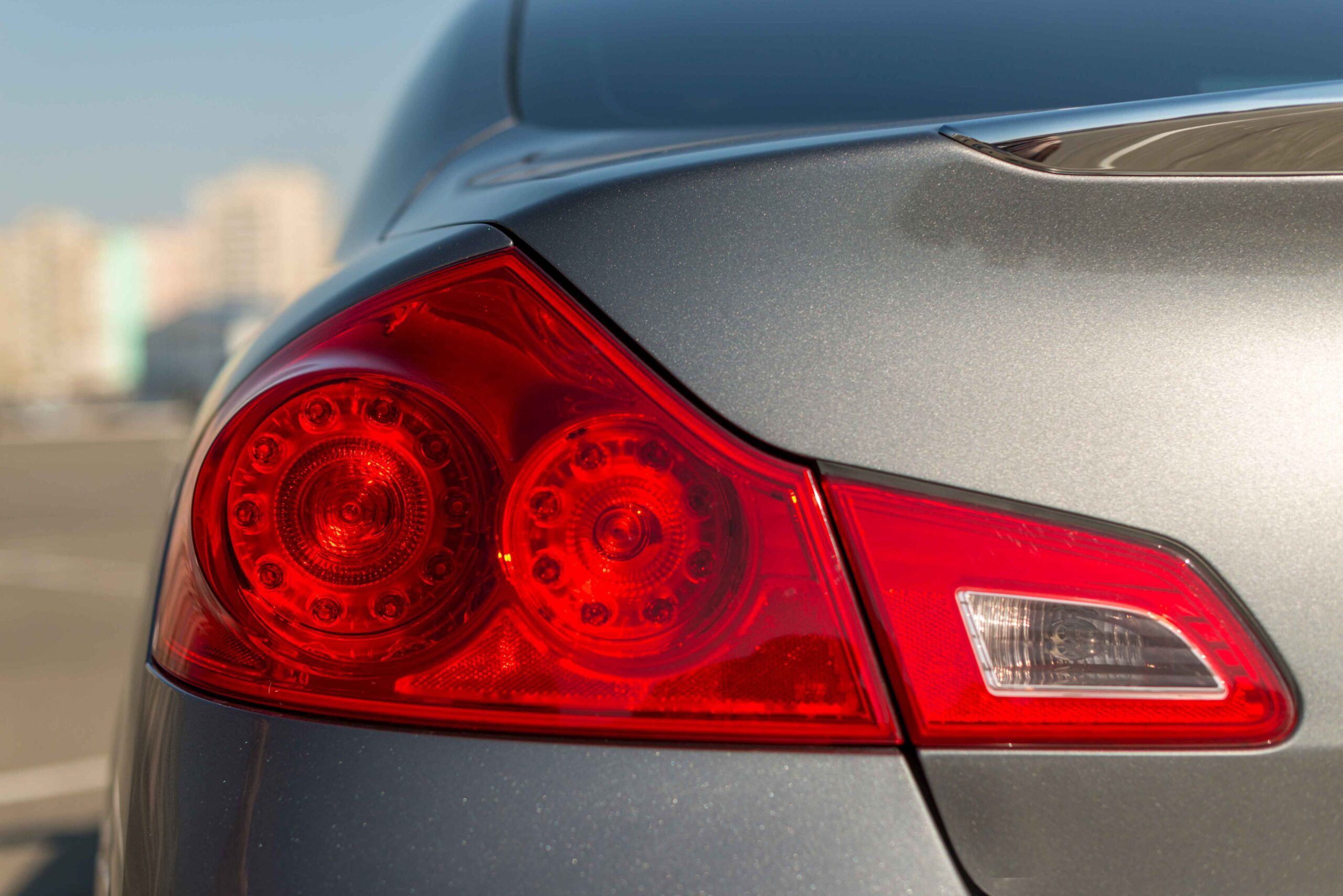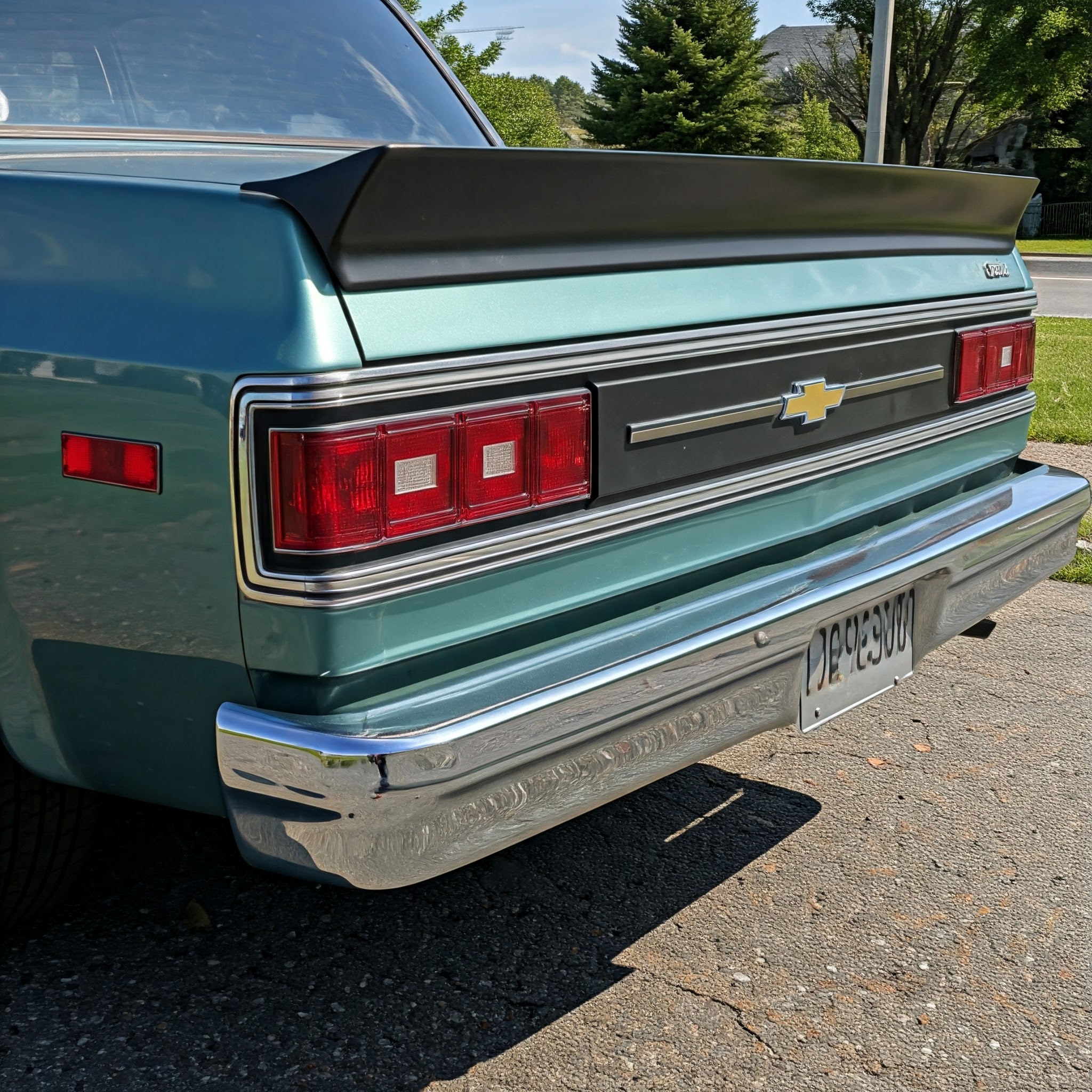The suspension of car is one of the most important systems in your vehicle. It’s what makes your ride smooth, keeps your car stable, and helps you stay safe on the road. Without a good suspension, driving can feel rough and even dangerous.
Poorly maintained suspensions are a leading cause of accidents related to loss of control.
But what happens when your suspension starts acting up? How do you know if it’s bad? And can you drive with a bad suspension? Let’s break it all down and explore how modern innovations are making suspensions better than ever.
Can You Drive with a Bad Suspension of Car?
The short answer: no, you shouldn’t. Driving with a bad suspension of car puts you at risk. It doesn’t just make your ride uncomfortable. It also affects your ability to brake, steer, and handle the car safely.
Here’s how to know when car suspension is bad:
- Your car pulls during turns: This means your suspension isn’t stabilizing the car properly.
- Bumpy rides: If every bump feels like a jolt, your suspension isn’t absorbing shocks as it should.
- Uneven tire wear: This happens when the suspension isn’t distributing weight evenly.
- Nose diving during stops: The car dips forward when you brake hard.
Now, let’s talk about costs. How much to fix suspension on car? It depends on the problem. Replacing shocks or springs might cost around $300–$1,000. But if your entire system needs work, you could pay $1,500–$5,000.
Driving with a bad suspension isn’t worth the risk. If you notice these signs, get it checked right away.
What’s Inside a Car’s Suspension System?
The suspension of car is made up of many parts. Each one has a job, and together they make sure your car handles smoothly.
Here’s a quick look at the key components:
| Part | What It Does |
| Springs | Absorb bumps and maintain the car’s height. |
| Shocks | Reduce bouncing after hitting bumps. |
| Control Arms | Connect wheels to the car’s frame. |
| Ball Joints | Help parts move smoothly while steering. |
| Struts | Provide structure and absorb impact. |
If any of these parts fail, your suspension system won’t work properly. Regular maintenance can help catch problems early and save you money.
How Modern Suspension is Changing the Game
Suspension systems have come a long way. Today’s technology makes cars smoother, safer, and smarter. Let’s look at some exciting innovations.
- Active Suspension Systems
These systems use sensors to read the road and adjust the suspension instantly. They make the ride smoother, no matter what the terrain is like. - Air Suspension
Air suspension replaces traditional springs with air-filled bags. This lets drivers adjust the car’s height for different situations, like towing or off-roading. - Magnetic Suspension
This tech uses magnetically controlled fluid in the shocks. It reacts instantly to bumps, giving you a smoother ride. - Smart Suspensions for Autonomous Cars
Self-driving cars need advanced suspension to handle all kinds of roads. These systems are designed to adjust automatically, ensuring a safe and stable ride. - Eco-Friendly Materials
Modern suspensions now use lightweight and sustainable materials. They reduce weight without compromising safety or performance.
These innovations aren’t just about comfort. They’re also about safety, efficiency, and adapting to the future of transportation.
Why is Suspension of Car Important for Everyday Driving?
The suspension of car is more than just a comfort feature. It’s essential for safety and control. Without a good suspension, your car would bounce and sway, making it hard to drive.
Here’s why suspension matters:
- It keeps your car stable. It helps your car stay grounded, even on rough roads.
- Improves safety. A good suspension system helps you steer and brake safely.
- Protects other parts. It absorbs shocks, reducing wear on tires and other components.
- Boosts comfort. Even on bumpy roads, it keeps your ride smooth.
When your suspension is in good shape, driving feels easy and safe.
How to Know When Car Suspension is Bad
Spotting suspension problems early can save you from costly repairs. Here’s what to watch out for:
- Odd noises over bumps: A clunk or thud means something’s loose or broken.
- Pulling or drifting during turns: The suspension isn’t stabilizing the car.
- Tires wearing unevenly: Poor suspension causes uneven pressure on the tires.
- Rough rides: Every bump feels exaggerated.
- Car dips forward when braking: This can increase stopping distance.
Ignoring these signs isn’t just uncomfortable—it’s unsafe. Fixing small issues now can prevent bigger problems later.
Tips to Keep Your Suspension in Top Shape
Regular maintenance can extend the life of your suspension of car. Here are some tips:
- Inspect your suspension at least once a year.
- Avoid hitting potholes when possible.
- Replace worn parts immediately.
- Don’t overload your car; it strains the suspension.
- Check your tires for uneven wear.
- Keep your car clean underneath to prevent rust.
Following these steps can save you money and keep your car running smoothly.
Conclusion
The suspension of car is essential for a safe and smooth ride. It keeps your car stable, absorbs road impacts, and ensures proper handling. Ignoring suspension issues can lead to costly repairs or even accidents.
If you notice signs like bouncy rides, pulling during turns, or uneven tires, don’t wait. Get your car checked by professionals.
At OEM Car Part, we have high-quality parts and expert services to keep your suspension system in top shape. Don’t risk your safety or comfort. Visit us today to explore your options.
FAQs
No, it’s not safe. A bad suspension affects steering, braking, and handling.
Look for signs like uneven tire wear, noises, or rough rides.
Costs range from $300 for minor repairs to $5,000 for major replacements.
Potholes, overloading, and lack of maintenance are common causes.
At least once a year or every 12,000 miles.
Yes, it can. A faulty suspension increases rolling resistance, lowering fuel efficiency.
Shocks absorb impact, while struts also provide structural support.






